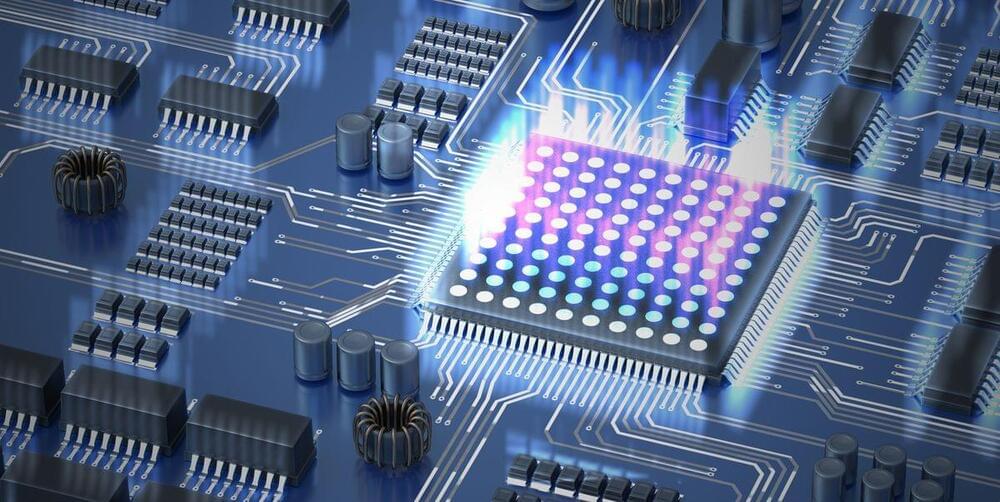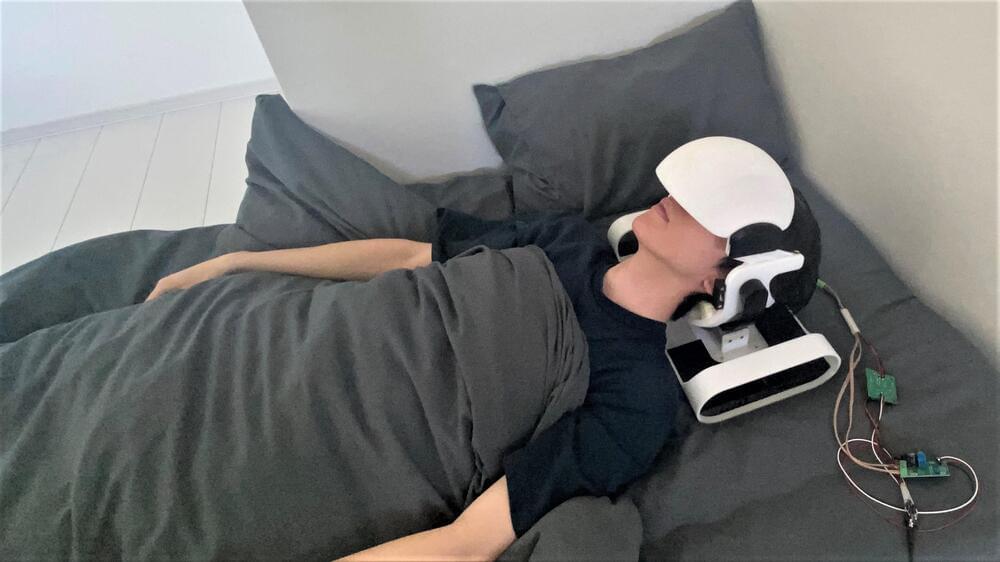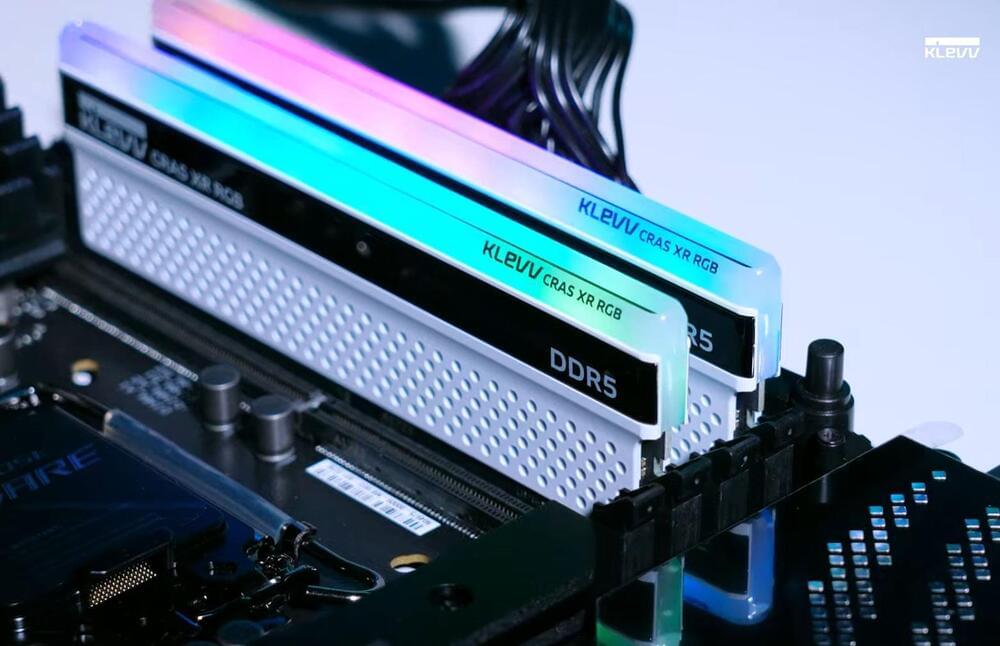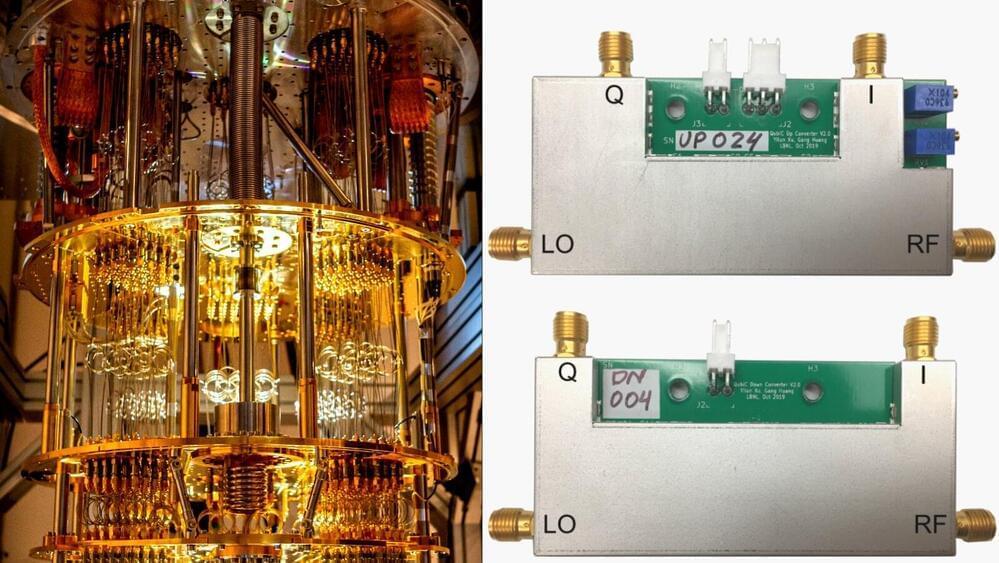Do you know what a computer can do in that time?



Japanese startup Diver-X is looking to launch a SteamVR-compatible headset that seems to be taking a few ideas from popular anime Sword Art Online, which prominently features a fully immersive metaverse. While it’s not a brain-computer interface like the “full dive” NerveGear featured in the show, the heavy-weight hardware presents a pretty interesting approach to VR headset design.
Called HalfDive, the Tokyo-based company says its taking advantage of the sleeping position to “enabl[e] human activity in its lowest energetic state.”
Since it’s worn laying down, the creators say they’re freed from many of the design constraints that conventional VR headset makers are used to pursuing with the introduction of things like pancake optics and microdisplays. Since the weight isn’t on your neck, it doesn’t have to be light or slim.

Yekaterina “Kate” Shulgina was a first year student in the Graduate School of Arts and Sciences, looking for a short computational biology project so she could check the requirement off her program in systems biology. She wondered how genetic code, once thought to be universal, could evolve and change.
That was 2016 and today Shulgina has come out the other end of that short-term project with a way to decipher this genetic mystery. She describes it in a new paper in the journal eLife with Harvard biologist Sean Eddy.
The report details a new computer program that can read the genome sequence of any organism and then determine its genetic code. The program, called Codetta, has the potential to help scientists expand their understanding of how the genetic code evolves and correctly interpret the genetic code of newly sequenced organisms.

A CNS 2021 provided an incredible opportunity to learn more how the anatomy and integrity of brain networks impact higher-level cognition.
In the 19th and 20th century, cases of individuals with brain injury, such as Phineas Gage or Henry Molaison, have advanced our understanding of the relationship between the anatomy of the brain and its function. Back then, methods were limited to investigate whole-brain structure and function. Now, cognitive neuroscientists have some ability to visualize and measure activity of the whole brain at once, as well as the computational tools to investigate complex network-level relationships between brain structure, brain function, and behavior.
As a doctoral student working on stroke recovery, attending the CNS 2021 symposium led by Danielle Bassett was an incredible opportunity to learn more about some of the most recent methods that have been developed to understand how the anatomy and integrity of brain networks impact higher-level cognition. Strokes highly disrupt anatomical and functional connectivity, leading to cognitive and motor impairments. In individuals with post-stroke language impairments, namely aphasia, evidence shows that the more functional brain networks recover an organization similar to healthy individuals the better the recovery (Kiran et al., 2019). Understanding the relationship between brain structure and function in health and disease is therefore essential to develop appropriate treatments.
At this CNS symposium, the speakers showed how different models can help us better understand brain structural organization and how this particular organization constrains cognitive processes. They also showed direct relationships between alteration of anatomical networks, caused by disease or behavioral training, and changes in behavioral performance.

A new phase of matter, thought to be understandable only using quantum physics, can be studied with far simpler classical methods.
Researchers from the University of Cambridge used computer modeling to study potential new phases of matter known as prethermal discrete time crystals (DTCs). It was thought that the properties of prethermal DTCs were reliant on quantum physics: the strange laws ruling particles at the subatomic scale. However, the researchers found that a simpler approach, based on classical physics, can be used to understand these mysterious phenomena.
Understanding these new phases of matter is a step forward towards the control of complex many-body systems, a long-standing goal with various potential applications, such as simulations of complex quantum networks. The results are reported in two joint papers in Physical Review Letters and Physical Review B.

KLEVV Reveals New DDR5 Standard and Gaming Memory Designed for Intel 12th Generation ‘Alder Lake’ platforms, QVL tested with leading motherboard brands HONG KONG — KLEVV, an emerging memory brand introduced by Essencore, today announced the latest addition to its lineup of computer memory upgrades with new DDR5 memory series, including DDR5 standard memory and […].

Huawei hosted a Better World Summit recently in Dubai, that brought together telecom operators from around the world to share insights and discuss ways to achieve the objectives of 5G next-gen networks with environmental sustainability and reaching Net-Zero emissions.
Unlike predecessor technology, 5G is at least 10x faster at launch, unlocks many new use cases from edge computing and network slicing, to scaled IoT deployments not possible with 4G. GlobalData expects 5G services to exceed $USD 640 billion by 2026 and penetration will exceed 50 per cent.
There is a paradox. The rise in data traffic is increasing energy costs and carbon emissions. For example, if the average data traffic, per user, per month reaches 630 Gigabytes by 2030 (industry estimates) and if network efficiency stays the same, then the average power consumption from networks will also increase by at least 10-fold. This runs counter to the goals of the GSMA for Net-Zero by 2040 as well as many individual MNOs with their own ESG targets, often more ambitious than industry targets.

A team of physicists and engineers at Lawrence Berkeley National Laboratory (Berkeley Lab) successfully demonstrated the feasibility of low-cost and high-performance radio frequency modules for qubit controls at room temperature. They built a series of compact radio frequency (RF) modules that mix signals to improve the reliability of control systems for superconducting quantum processors. Their tests proved that using modular design methods reduces the cost and size of traditional RF control systems while still delivering superior or comparable performance levels to those commercially available.
Their research, featured as noteworthy in the Review of Scientific Instruments and selected as a Scilight by the American Institute of Physics, is open source and has been adopted by other quantum information science (QIS) groups. The team expects the RF modules’ compact design is suitable for adaptation to the other qubit technologies as well. The research was conducted at the Advanced Quantum Testbed (AQT) at Berkeley Lab, a collaborative research program funded by the U.S. Department of Energy’s Office of Science.

Cracked phone screens could become a thing of the past thanks to breakthrough research conducted at The University of Queensland.
The global team of researchers, led by UQ’s Dr Jingwei Hou, Professor Lianzhou Wang and Professor Vicki Chen, have unlocked the technology to produce next-generation composite glass for lighting LEDs and smartphone, television and computer screens.
The findings will enable the manufacture of glass screens that are not only unbreakable but also deliver crystal clear image quality.
